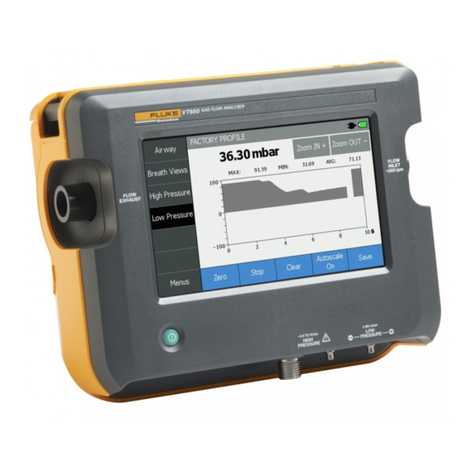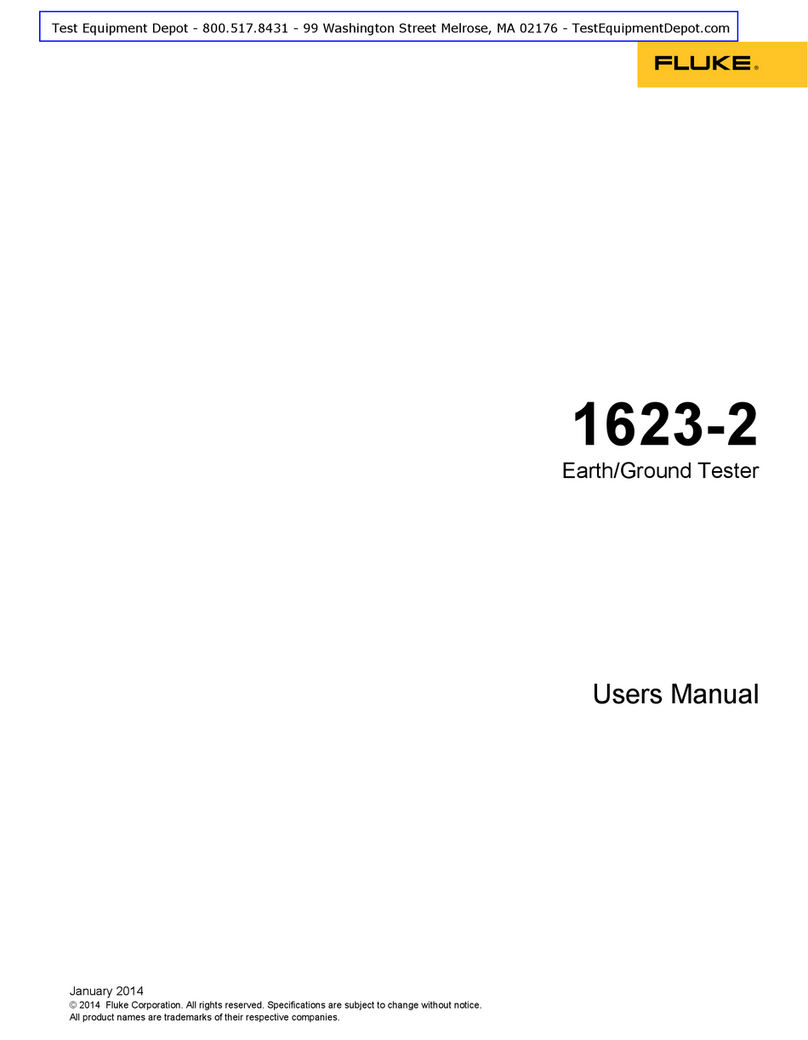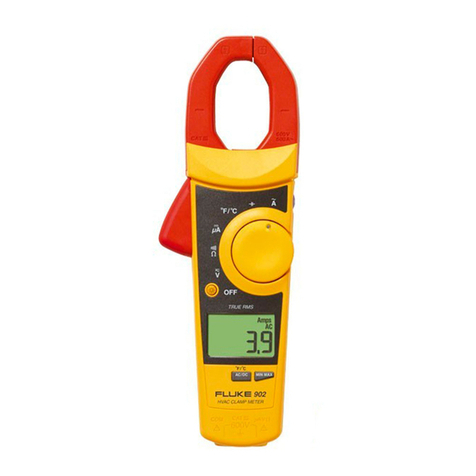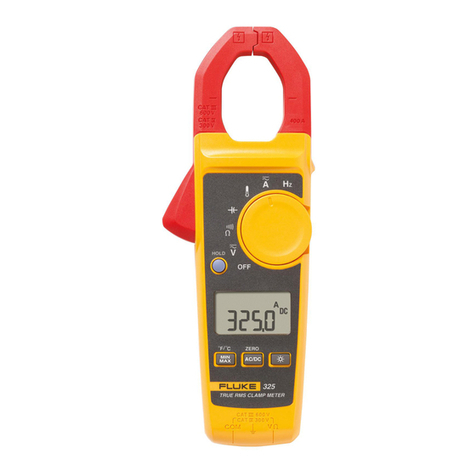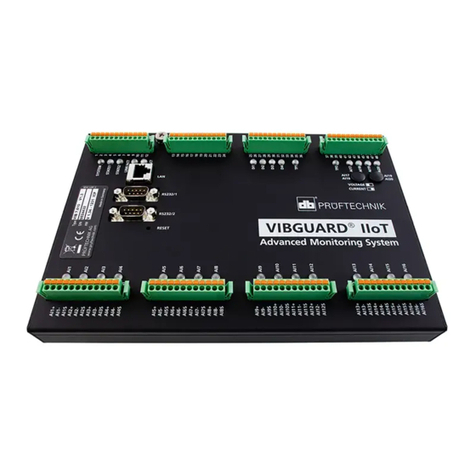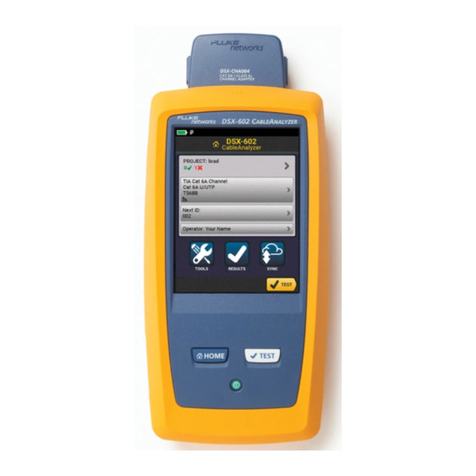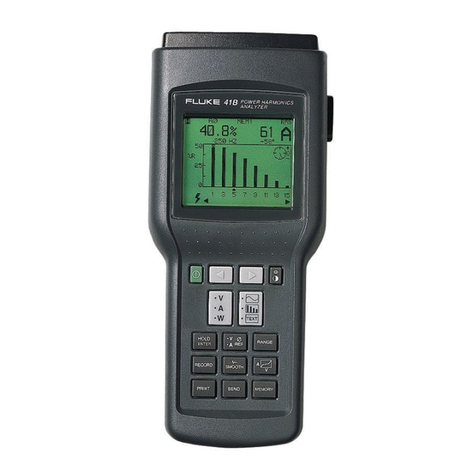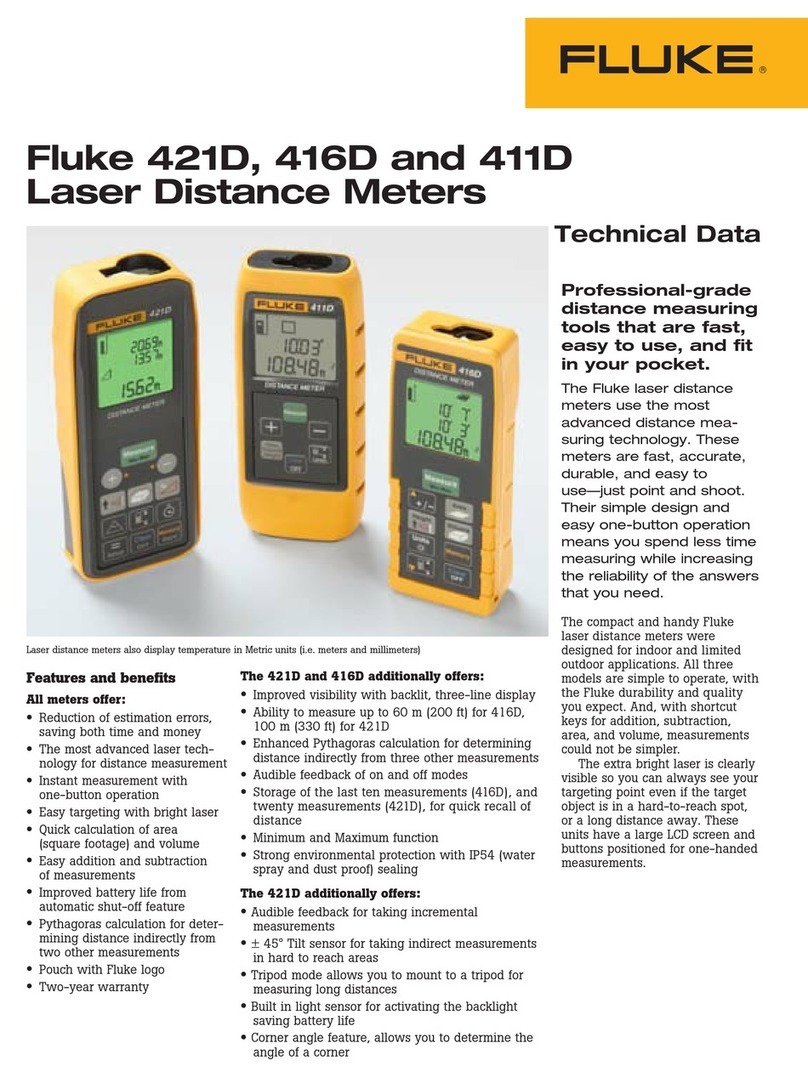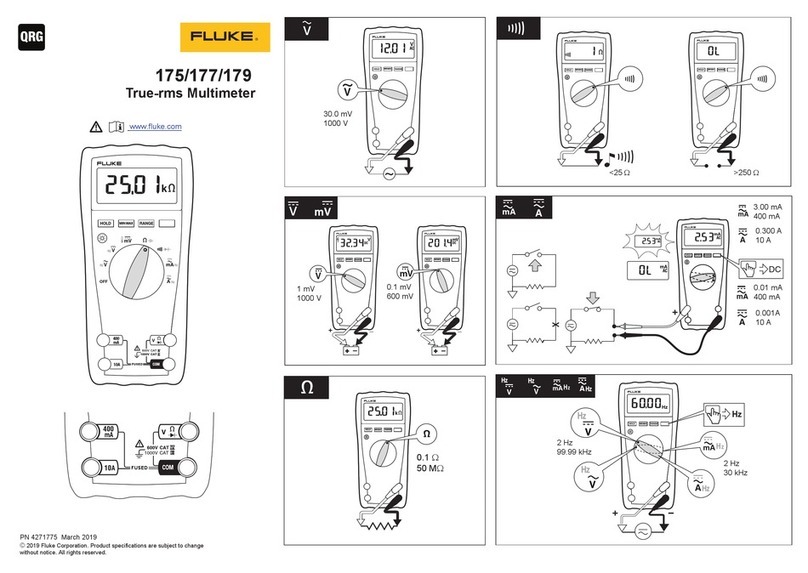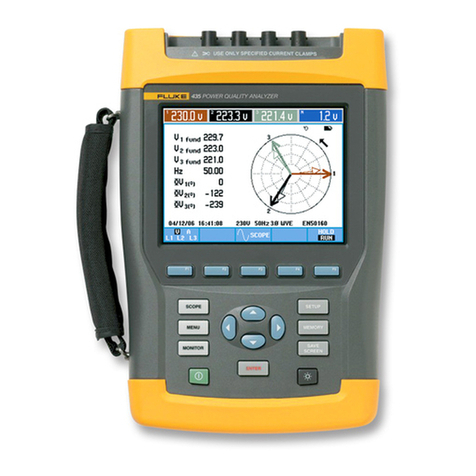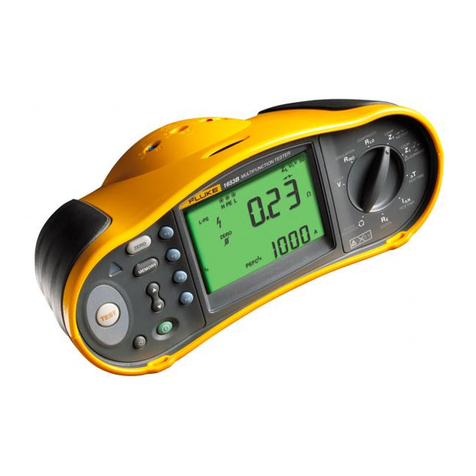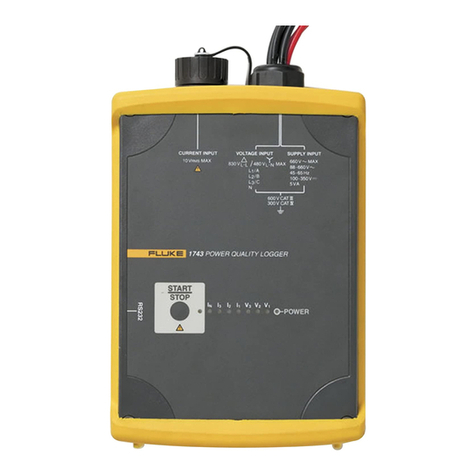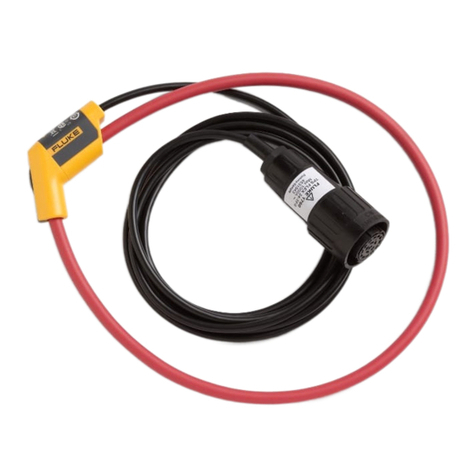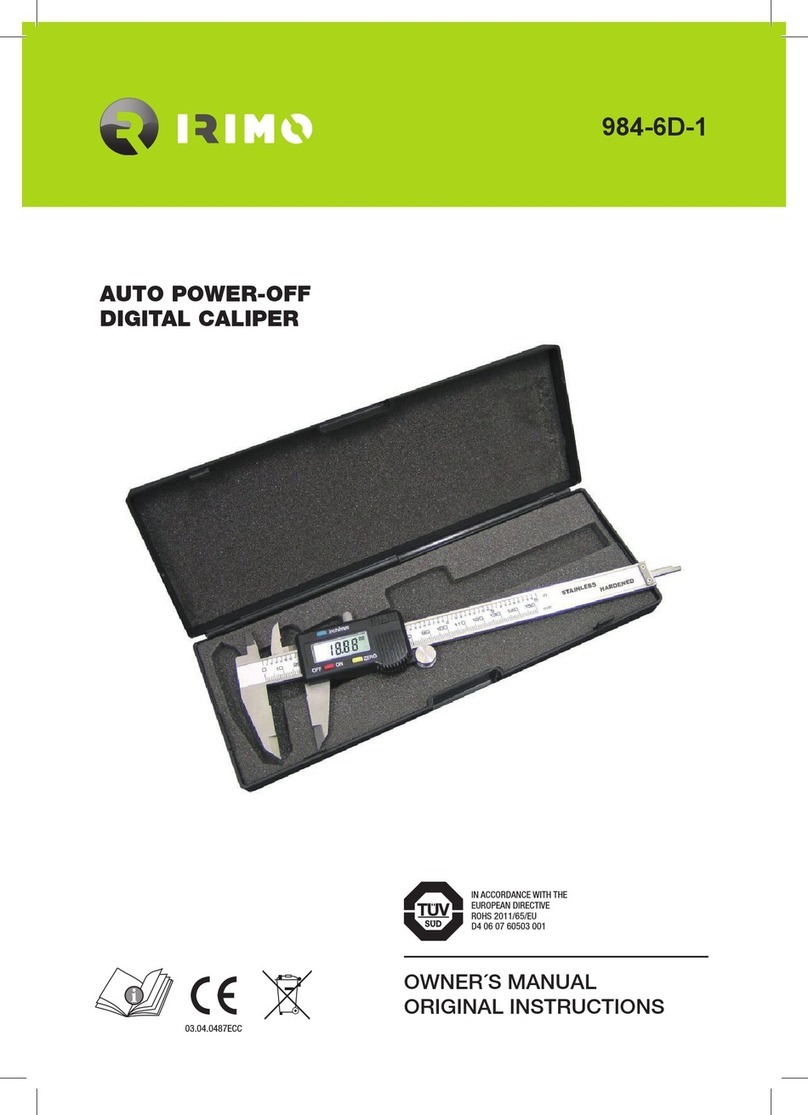
Victoreen 190
Operators Manual
1-2
•Rate/Integ toggles the alphanumeric display between the digitized rate value and the integrate
value.
•Resp Time changes the response time on the first range or resets the integrate value and elapsed
time (if pressed and held for three seconds).
•Audio toggles the click output associated with counting events in the detector on/off and
acknowledges alarms.
•On/Off turns instrument power on/off when permitted by the microprocessor (i.e., when Logging is
inactive or all logged data has been uploaded to a computer).
The batteries (four) are housed in a separate compartment accessed from the instrument back panel. All
four 9-volt alkaline batteries are required to operate the unit for approximately 200 hours. Visual and
audible low battery indications are provided whenever battery power is low (four minute intervals for the
audible and continuous for the visual after a battery test).
Communication with the Model 190 is accomplished through an optional infrared two-way adapter, Model
190-1A, which mounts at the top of the instrument. The adapter provides positive keying with the
instrument for stable connection and communication.
1.2 Specifications
Radiation Detected: Alpha, Beta, Gamma, or X-ray depending on detector used.
Operating Rang: Rate Mode: CPM: 0-100; 0-1000; 0-10,000; 0-100,000; 0-1,000,000, and 0-
10,000,000. CPS: 0-1, 0-10, 0-100, 0-1000, 0-10,000, 0-100,000, and 0-166,666. μR/hr, mR/hr, R/hr,
μSv/hr, mSv/hr, Gy/hr, dpm, Bq/cm2, & μCi/cm2: Integrate Mode: Counts: 0-100,000,000; displayed
as 4 digits up to 9999 counts, 3 digits plus a K (for thousand) or an M (for Million) at higher counts.
Seconds: 0-65535; displayed as 4 digits up to 9999 seconds, 3 digits in minutes and tenths of minutes
above 9999 seconds. μR, mR, R, cts, d, μSv, mSv, Bq, & μCi: depends on conversion factor of the
probe used.
Accuracy: Within 10% of reading between 10% and 100% of full-scale indication on any range, exclusive
of energy response.
Ranges: Six (6) decades are available for calibration; the number of usable decades is detector
dependent.
Deadtime Correction: Provided above 1000 CPM.
Jam Detection: Adjustable level for determining jam condition; provided in probe adapter modules.
Alarm: Can be set on any decade at 10% to 100% (in increments of 10%) of full scale.
Detector Probes: Part No.: 489-4, 489-35, 489-50, 489-55, 489-60, 489-110C, 491-30, 491-40, 493-50,
425-110A, 425-200, 489-120, 489-200, RP-1 & PRN
The Model 190 may be ordered with a BNC probe
adapter (P/N 190070) to allow for compatibility with
other manufacturer’s probes.
Warm-up Time: 15 seconds (diagnostic testing).
NOTE
